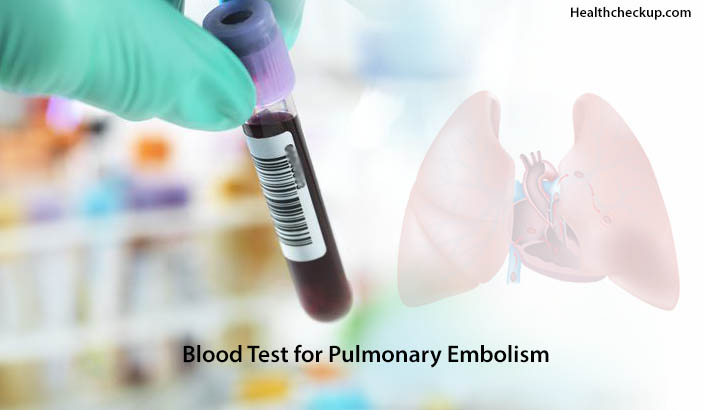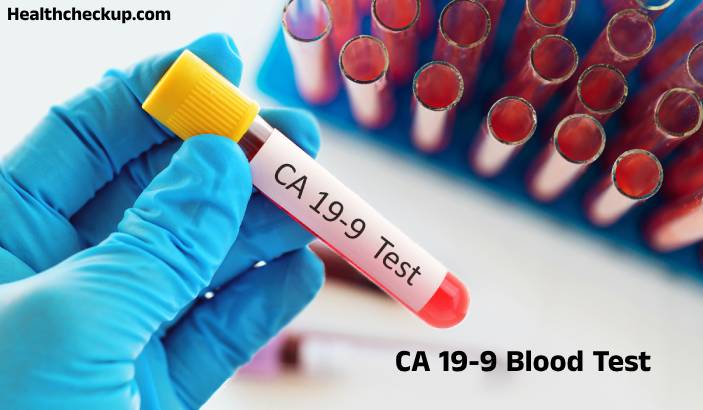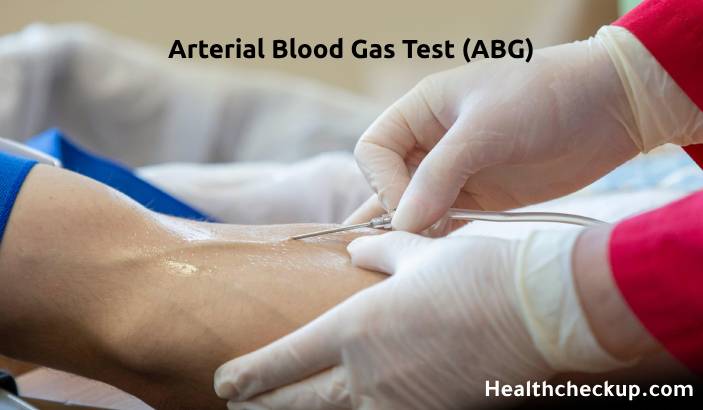It may be hard for your doctor to identify whether or not you are suffering from a pulmonary embolism since the symptoms of this condition are quite similar to many other health conditions. That is the reason why you need to get tested for pulmonary embolism. If you are suspected of having this condition, your doctor may prescribe you to take a blood test for pulmonary embolism.
What Is Pulmonary Embolism?
Pulmonary embolism occurs when one of the arteries situated in your lungs is blocked. This condition is usually due to blood clots that are conveyed from the legs or other parts of the body into the lungs. These clots are responsible for blocking the blood that flows to your lungs, and this situation can be detrimental to your body much worse life-threatening. But if you are treated promptly, then it will reduce your risk of mortality.
Symptoms Of Pulmonary Embolism
The symptoms of pulmonary embolism may vary, depending on the clot size, how much your lungs are involved, and if you already have a heart or lung disease. As mentioned earlier, the symptoms of this condition may just be the same with many other health conditions; that is why you may be prescribed to take a blood test for pulmonary embolism.
Here Are The Common Symptoms Of Pulmonary Embolism
- Cough: The cough may yield blood-streaked or bloody sputum.
- Chest Pain: This condition can make you feel like you will have a heart attack. The pain is aggravated when you cough, bend, stoop, eat, or breathe deeply. The pain will just be there even if you are at rest.
- Shortness Of Breath: You will experience this suddenly, and this becomes worse with exertion.
Other Symptoms Include
- Discolored skin
- Swollen legs, usually in the calf
- Excessive sweating
- Fever
- Irregular or rapid heartbeat
- Dizziness or lightheadedness
How Is Pulmonary Embolism Diagnosed?
In some instances, it can be hard to diagnose a pulmonary embolism. This is true if you are already suffering from a certain heart or lung condition, such as hypertension or emphysema.
If you try to visit your doctor and ask about the symptoms you are experiencing, you will most likely be asked about your entire well-being as well as pre-existing conditions. Your doctor will ask you to undergo various diagnostic tests for pulmonary embolism.
Here are some lab tests that you may be required
1. Chest X-ray
Chest X-ray can provide images of your lungs, heart, blood vessels, airways, and the bones of the chest and spine. This is usually non-invasive, and this can help your doctor diagnose and treat pulmonary embolism, in case you have one.
2. Electrocardiography (ECG)
This test is painless and perhaps the simplest way to measure the electrical activity of your heart. ECG is usually prescribed if you have trouble breathing and chest pain, if you are feeling weak or tired, if your heart is fluttering, racing, or pounding or if it is beating unevenly.
3. Blood Tests
There are actually a number of blood tests for pulmonary embolism, including D-dimer, troponin, and BNP.
-
D-Dimer
The D-dimer test is used to measure the substance level found in your bloodstream after a blood clot is broken down within it. But this test is not usually required if the probability of having D-dimer is high based on your doctor’s assessment.
-
Troponin
If your doctor assessed that you have a high probability of having a pulmonary embolism, then you may be asked to take a troponin test. This test can help in evaluating your heart whether or not it suffers from any injury. Troponin is a kind of protein that is released in your bloodstream if your heart is damaged.
-
BNP
Just like the troponin blood test, you may be asked to take a BNP blood test if you are diagnosed with a pulmonary embolism. This test measures the seriousness of your heart failure. BNP and other compounds are released in your blood from the moment your heart pumps hard due to the blockage of blood vessels.
4. CT Scan
This test allows your doctor to see the cross-sectional images of your lungs. Your doctor may ask you to use a special scan called a V/Q scan.
5. Pulmonary Angiography
This test may be done by making a small incision to guide certain tools through your veins. Your doctor will then use a special dye and inject it so that the blood vessels in the lungs will be visible.
Conclusion
A pulmonary embolism may dissolve on its own, but you should not make it as an excuse to be tested for pulmonary embolism. It may be hard to determine if you have this kind of condition since it manifests the same symptoms with other health-related issues, so it is best to take a blood test for pulmonary embolism.
Doctor, author and fitness enthusiast, Ahmed Zayed, MD, is a surgery resident with a passion for helping people live a happy healthy life. He is the author of numerous health-related books and contributor to several medicine, health and wellbeing websites.








